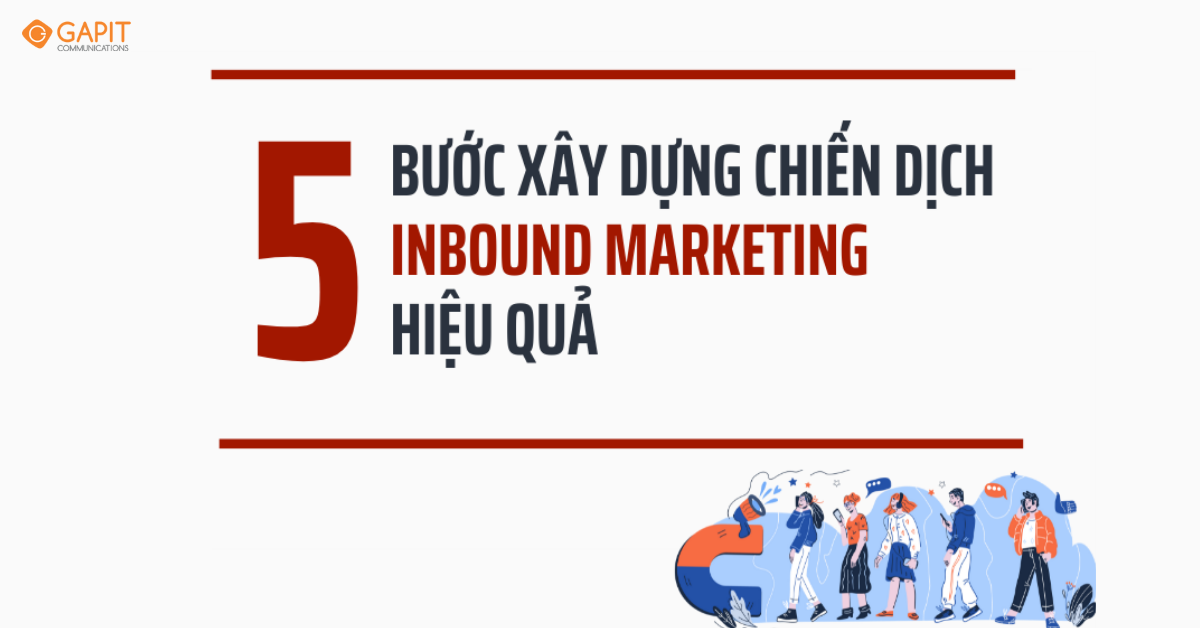To create an effective Inbound Marketing campaign, businesses need to complete at least the following steps:
Step 1: Determine the customer persona
To efficiently execute an Inbound Marketing campaign, it’s essential to identify the business’s target audience and create their persona by gathering information on demographics, income, personality, shopping preference, as well as their desires or challenges when seeking the business’s products and services. Businesses can conduct market surveys, interviews, or surveys with the target audience to create their persona.
Identifying customer persona assists marketers in developing suitable content and value to that specific customer group. Establishing trust within this group serves as the foundation for converting into transactions and purchases.
Step 2: Determine business objectives
Establish business objectives following the Smart principle – a well-known model:
- S – Specific: Your goal should be transparent and convey the anticipated messages, why it matters, who is involved, where it will occur, and any constraints.
- M – Measurable: Your goal should have specific criteria for measuring progress and the attainment of goals.
- A – Attainable: your goal is realistic and feasible
- R – Relevant: Your goal must align with the business, addressing its core challenges.
- T – Timely: You should set an expected time for achieving your goals.
When establishing this goal, businesses should emphasize that revenue is derived from online sources and the expected timeframe for achieving the goal in order to calculate the appropriate investment for Inbound Marketing.
Step 3: Generate a traffic source for the website
To generate a traffic source for a website, businesses should construct the website and create content that aligns with SEO standards, allowing customers to easily access and find information.
Simultaneously, businesses can implement advertising campaigns to attract traffic.
Moreover, it is crucial to ensure regular measurement and optimization.
Step 4: Convert traffic into potential customers
Once a substantial traffic source is established, Inbound Marketing aims to transform this traffic into leads – potential customers.
To execute this step, businesses initially have to create content that encourages customers to willingly provide their personal information, and establish a Marketing Automation system to receive this information and automatically attend to customers.
For website visitors who haven’t provided information yet, it is essential to implement remarketing strategies.
Ultimately, businesses must ensure regular measurement and optimization
Step 5: Convert potential customers into real customers
After having a potential customer, the ultimate step is to convert them into real customers.
In this step, businesses should:
- Establish a unified process between Sale and Marketing to enable effective coordination.
- Develop Marketing Automation scripts that can transform potential customers (Marketing Qualified Leads) into real customers (Sales Qualified Leads)
- Improve the customer quality assessment system to ensure sale’s approach at the right time.
While not as time-consuming as the preceding steps, this phase demands a profound understanding of customers to identify criteria for determining a high-quality customer based on their information provided and activities recorded by the Marketing Automation System.
Conclusion
Developing an effective Inbound Marketing campaign requires meticulous preparation by businesses, encompassing customer research, goal-setting, and ensuring in Content Marketing, SEO, and the operation of Marketing Automation,…
If you are currently facing difficulties in the implementation of Inbound Marketing, contact Gapit Hubspot immediately for advice!


